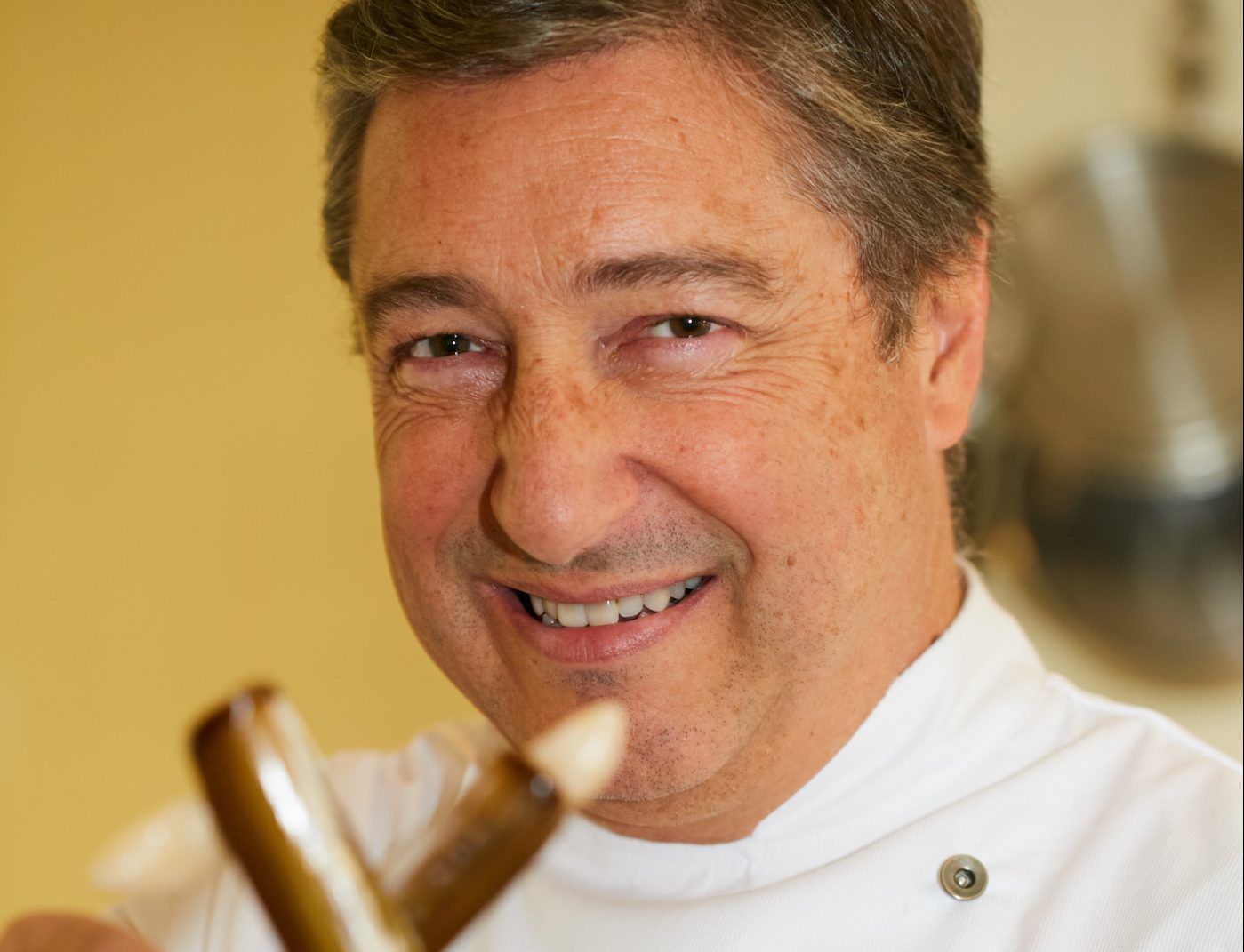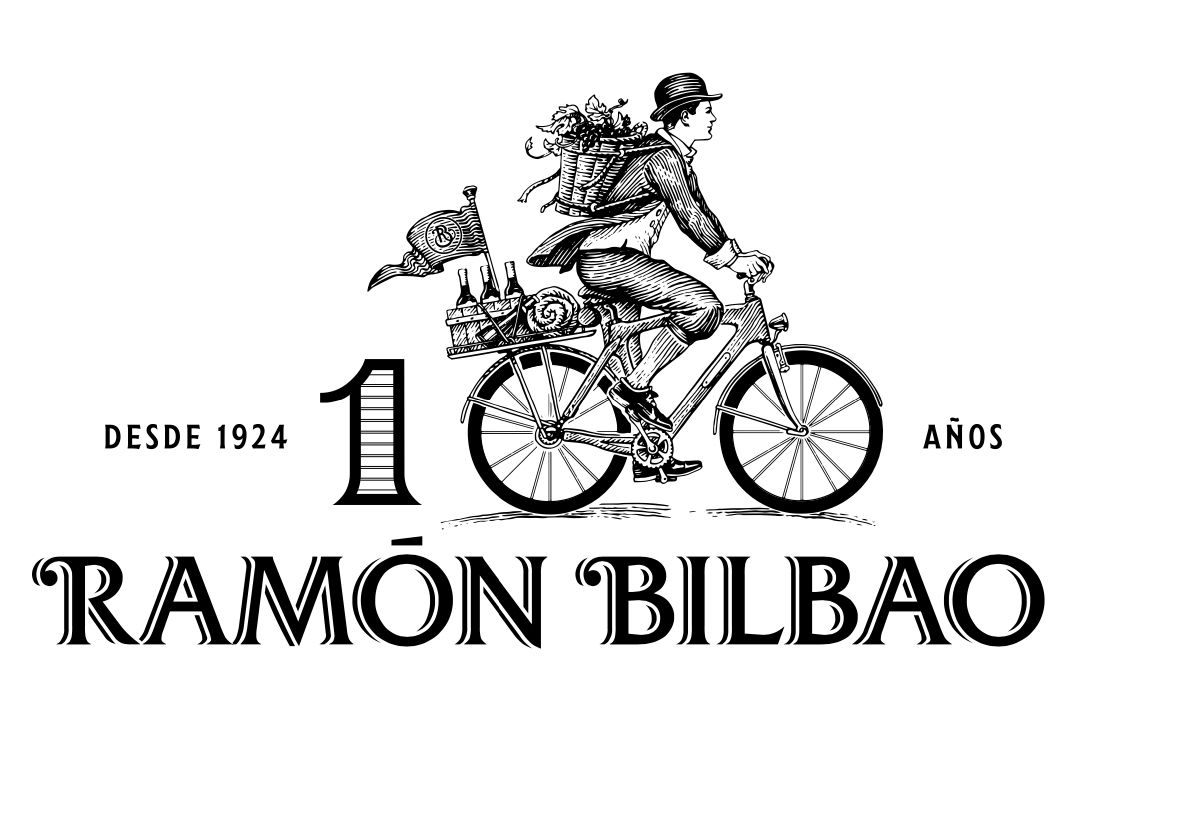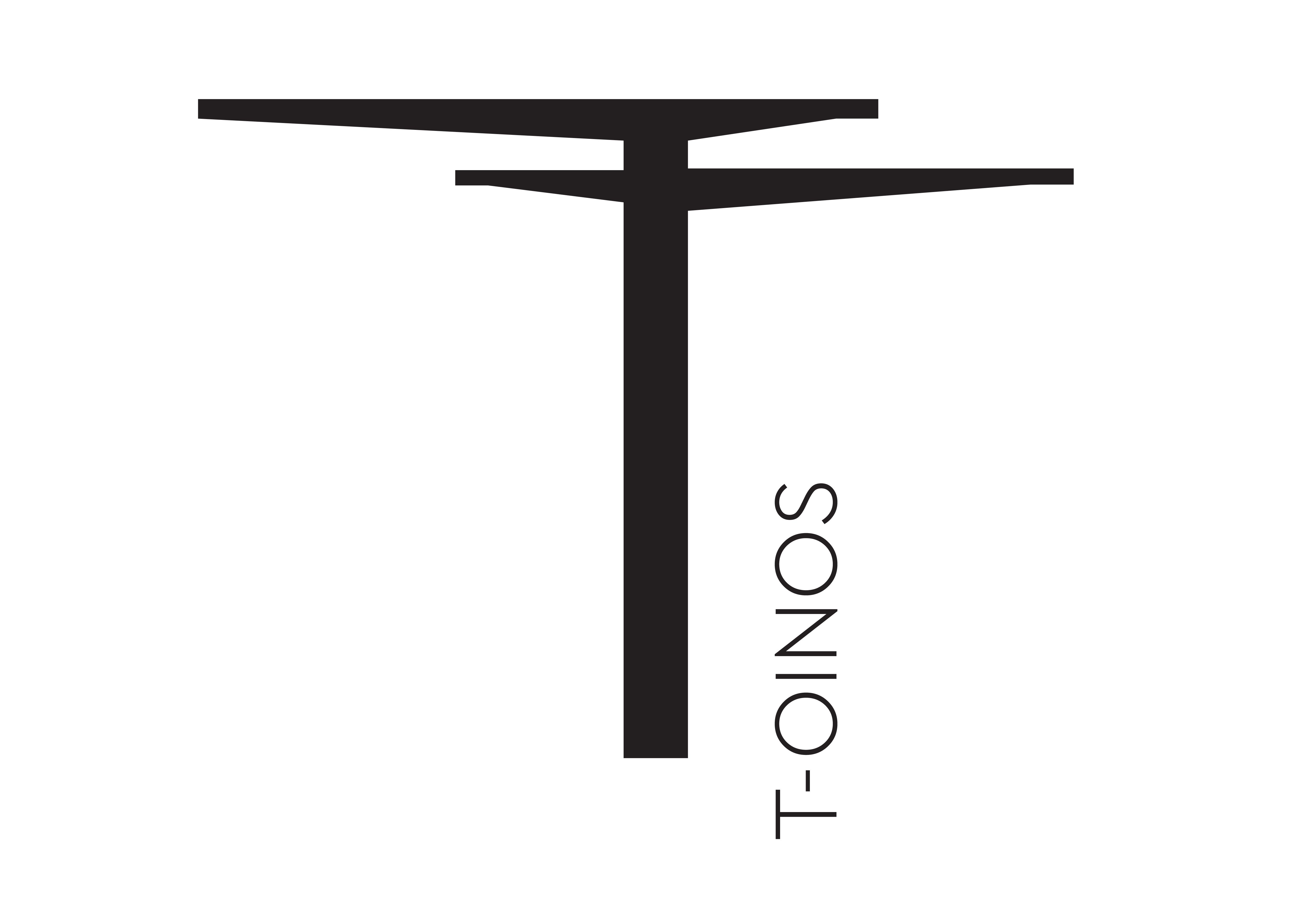Roca and his team use both high and low-tech methods to create the essence of the wine flavours or characters from his 3,300 wine list. Often, they recreate them ‘inside out’ – made entirely from different ingredients.
Q: How do you get all the top chefs in Scotland together in one room at one time?
A: Invite them to share a few beers with Joan Roca, head chef of El Celler de Can Roca, twice-ranked number one in The World’s 50 Best Restaurants awards.
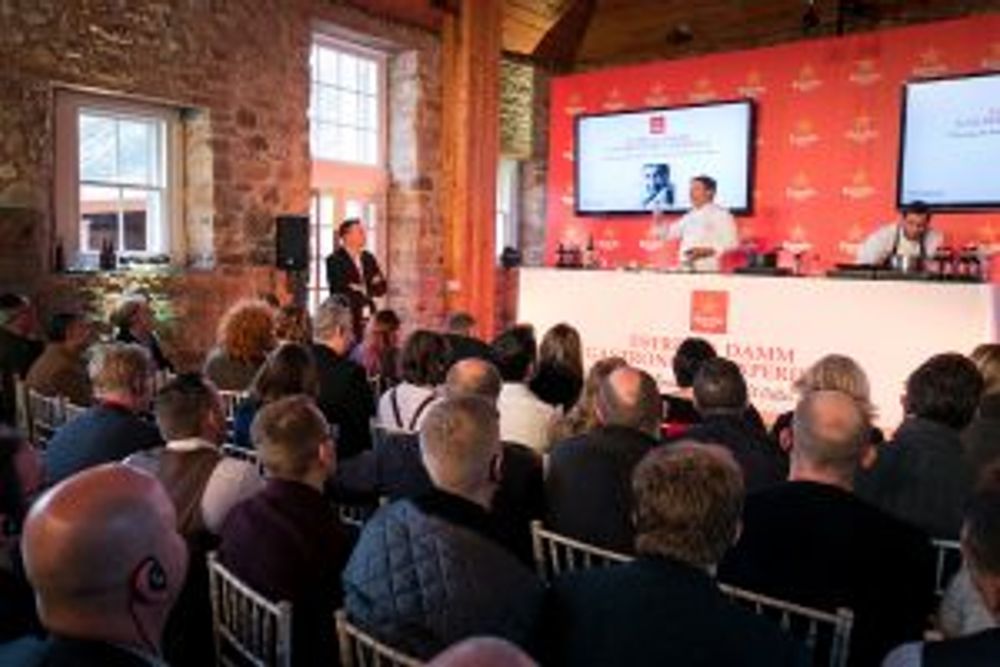
Joan Roca, masterclass Edinburgh, October 2017 ©Redhouse Photography
That is exactly what the makers of Estrella Damm – the natural lager brewed in Barcelona – did last week. They flew Roca, their highly prized brand ambassador to Edinburgh to host a gastronomic masterclass for around 80 of Scotland’s leading restaurateurs.
El Celler’s story is a fairy tale one.
Roca and his two younger brothers, Josep and Jordi, literally grew up in their parent’s humble, local restaurant, Can Roca, on the outskirts of Girona, Catalonia. Open 365 days per year, it was the boys’ home and playground. They did their homework and watched television to the sounds and aromas that came from their mother’s kitchen.
Joan decided at the age of 10 that he wanted to be a chef. After national service and chef training school, he and Josep set up their own restaurant just adjacent to their parents’ and the first El Celler de Can Roca opened. Initially serving traditional fare, they fell under the spell of French nouvelle cuisine and began to experiment with more avant-garde dishes of their own.
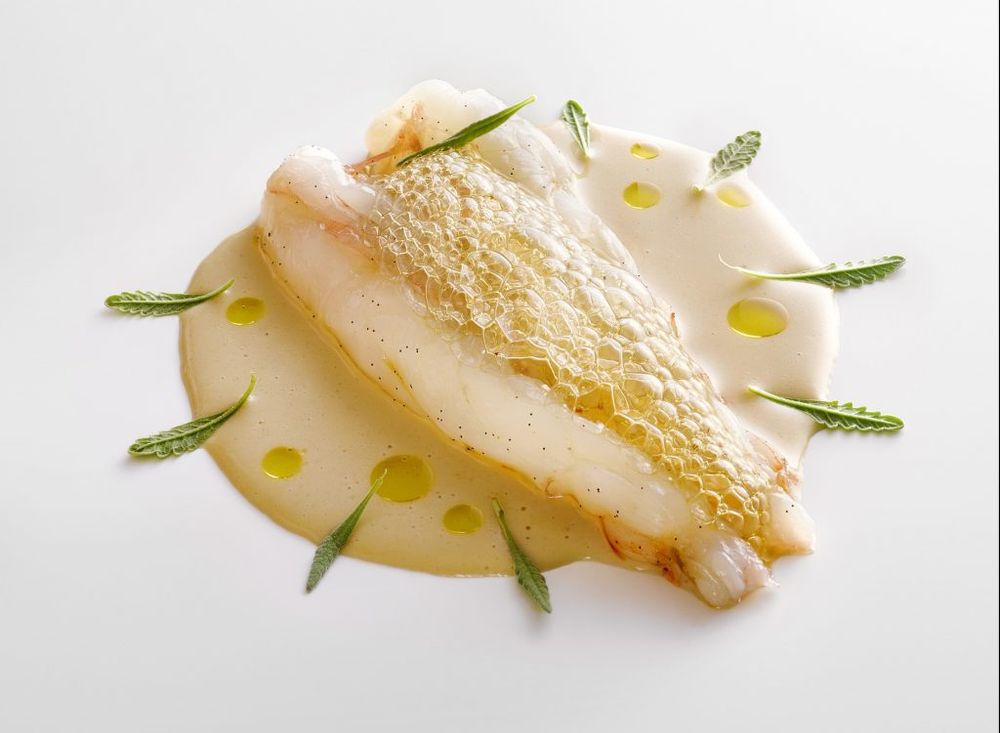
Youngest brother Jordi joined up after graduating from chef school and the trio began their long journey towards gastro stardom, three Michelin stars and a string of awards. They regard their clearly defined roles as the key to maintaining familial harmony in the business. The culinary boy band equivalent of the Spice Girls they are: Savoury Roca, Liquid Roca and Sweet Roca (Joan – head chef, Josep – sommelier, and Jordi – pastry chef].
Thirty years later, and a move to their illustrious new location close to the original site, the Rocas are at the top of their game. The restaurant is fully booked 11 months ahead and remains at the top of the global league tables. It shares its grounds with La Masia and Rocalab, a purpose-built laboratory and kitchen garden, for constant experimentation and development of new dishes and ingredients.
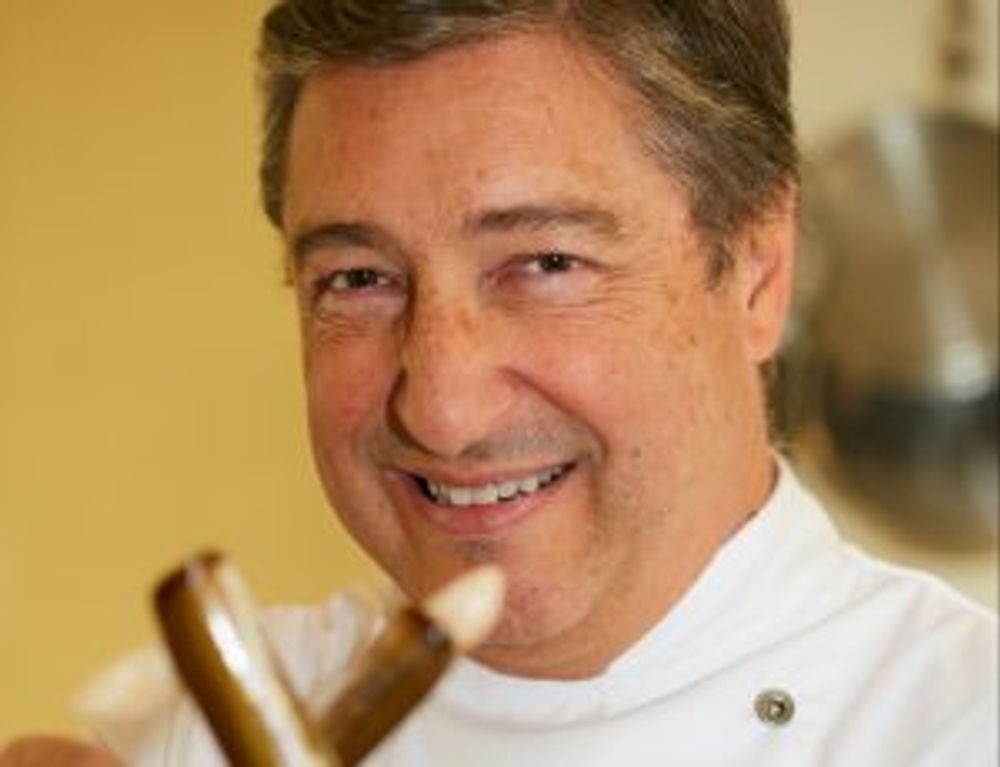
Joan Roca
Satellite businesses include the Rocamboles gelataria in Girona, and a boutique hotel, Espai Mas Marroch (each one run independently by the Rocas’ three wives), although the brothers are adamant they are not interested in global expansion. “We are not ambitious financially. We could have 30-40 restaurants around the world but we are not interested. We have always said there can only be one El Celler de Can Roca”. He is pragmatic about the accolades too. “Recognition is very important for the team but it is not our goal. We know the awards won’t last forever and we won’t miss them if we don’t have them. What matters to the three of us is our daily lives.”
The team consists of 70 staff – 45 in the kitchen, 25 front of house (almost twice the number of guests at each lunch and dinner service). They work in an experimental two-shift system that was recently introduced to try to strike a healthier work-life balance. “We work so hard to spoil and pamper our guests and we should [also] be doing this for our staff,” he says.
For those organised or fortunate enough to secure a booking, there is a choice of ‘local or global’ menus – the more traditional Catalonian-inspired menu, or the Festival menu that showcases ingredients and influences from around the world. Both feature groundbreaking feats of molecular wizardry for which El Celler is now famed.
Legendary examples include a dessert designed to replicate the jubilation of a famous goal scored by famed FC Barcelona footballer, Lionel Messi.
Using aromas and flavours associated with euphoria, it consists of a bowl of passion fruit cream with mint compote, chocolate, mint and lemon flowers topped with a net of meringue. The ‘foot-bowl’ is surrounded by a grass ‘pitch’ flavoured with the essence of freshly mown grass and meringue ‘players’ (‘meringue’ is the nickname for the Real Madrid team, Barcelona’s biggest rival). When the ball is dropped through the meringue net, it collapses into the bowl, to an audio sound bite of the historic radio commentary of Messi’s goal.
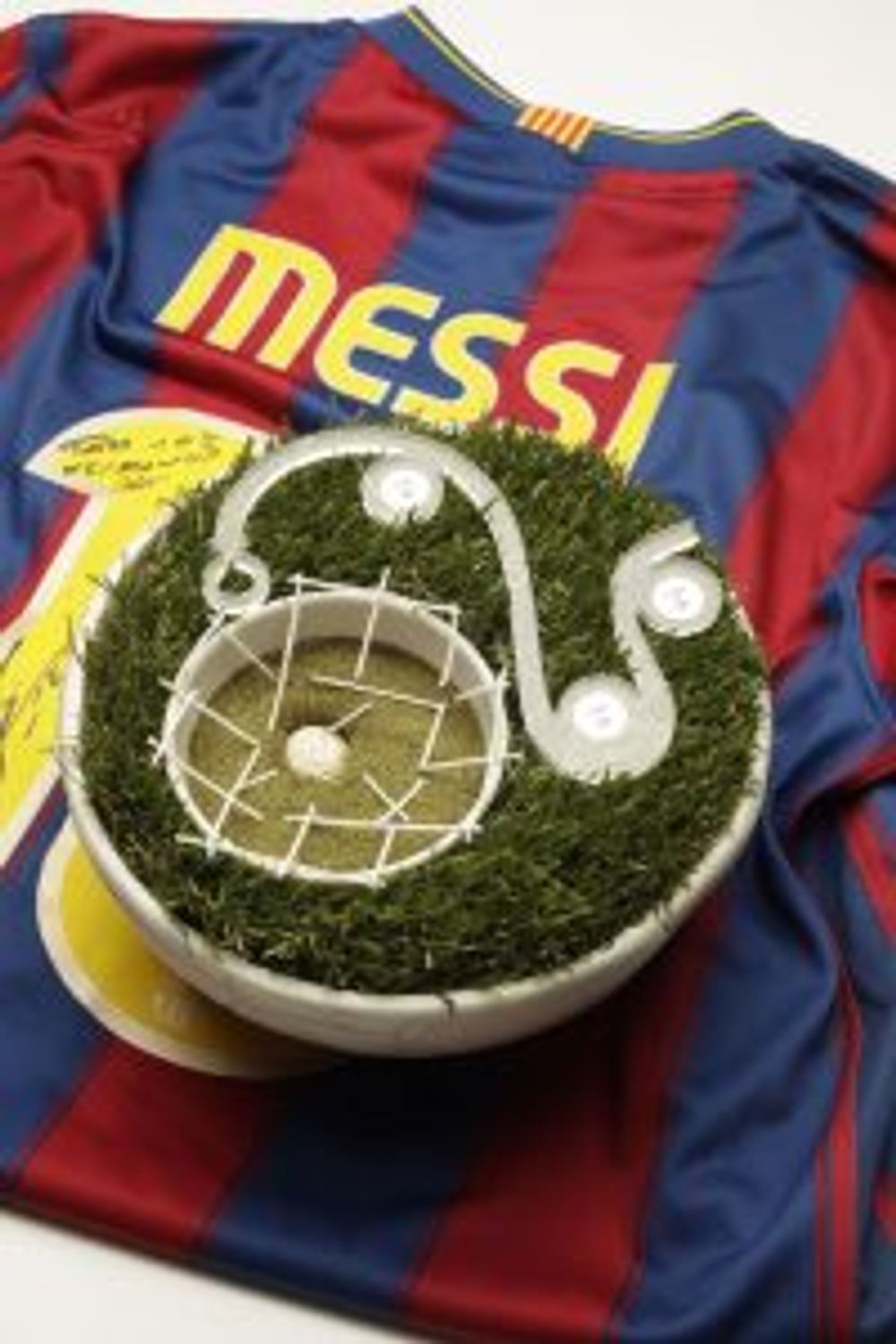
It is this focus on emotional intelligence that puts the Rocas at the head of their game. The word gastronomy doesn’t begin to cover it. Theirs is experiential cuisine that playfully and joyfully engages all the senses. Painstaking efforts are made to recreate Proustian aromas and scents that trigger feel-good memories and emotions, such as cigar smoke or the pages of an antique book (both of which they have achieved).
Food and wine pairings that are ‘inside out’
At the Estrella Damm masterclass Joan Roca prepared several dishes using ingredients sourced in Scotland to demonstrate some of his methods.
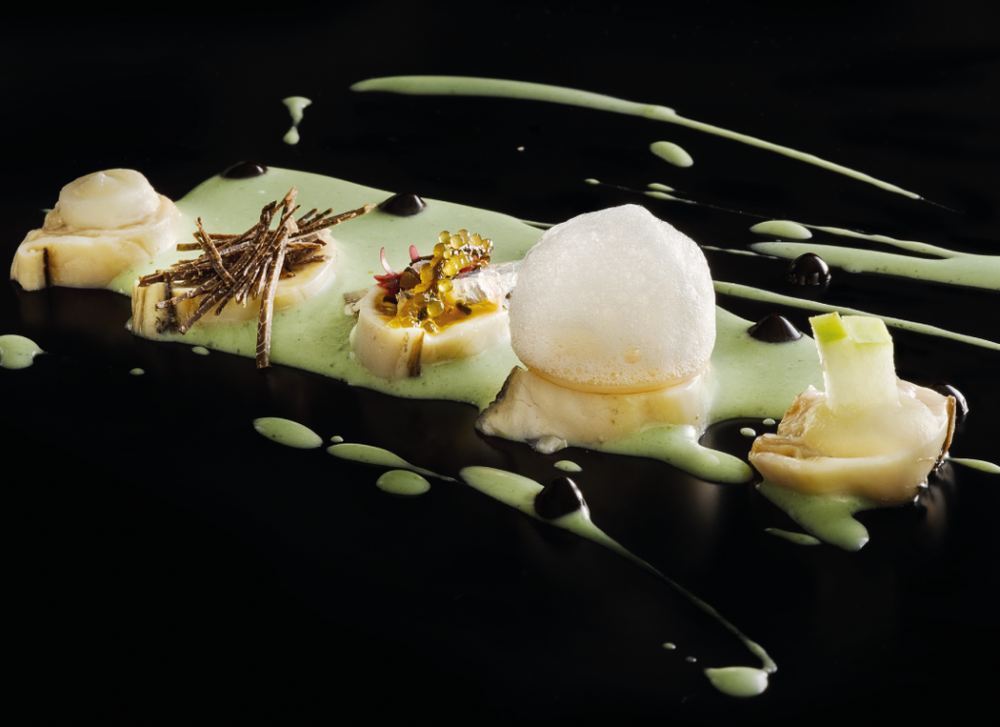
Oyster
Oysters flavoured with black garlic, fennel, truffle and essence of Galician Albarino with foam of poached mushrooms were a tantalising example of what he describes as ‘inside out’ food and wine pairings.
El Celler’s wine cellar contains 70,000 bottles of 3,300 different wines that frequently inform the flavours of its dishes. Roca and his team use both high and low-tech methods to create the essence of the wine flavours or characters. Often, they recreate them entirely from different ingredients. So, his lobster and herb dish was flavoured, not with traditional vermouth, but a liquor distilled from Artemisa (a north American herb) that is reminiscent of vermouth.
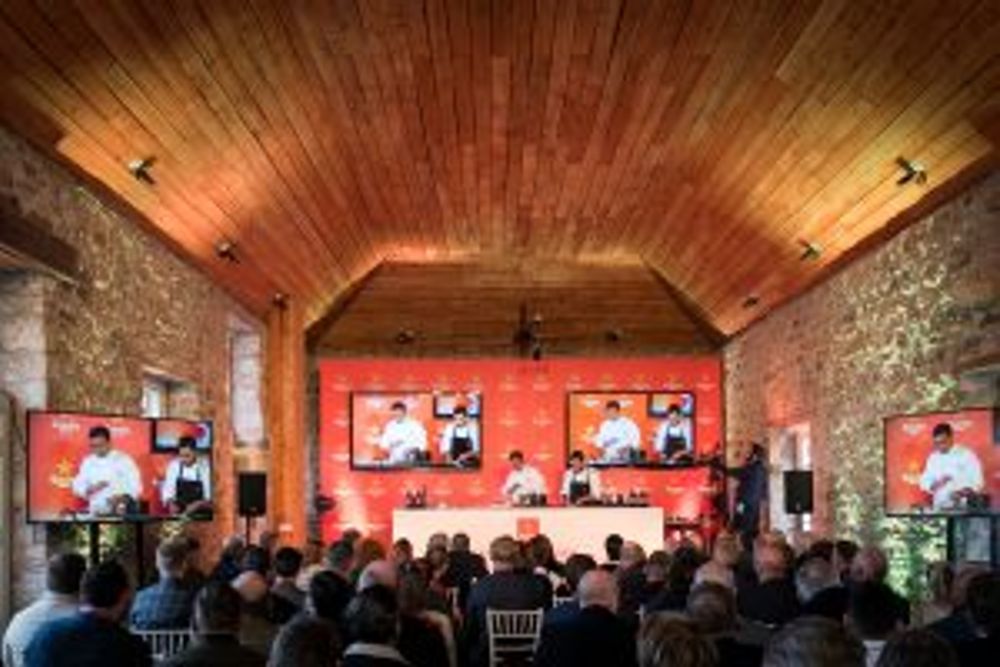
Joan Roca masterclass, ©Redhouse Photography
Other dishes prepared live were a boned fish tail flavoured with yeast foam and steamed with sherry using a tool devised in the El Cellar ‘Rocalab’ laboratory.
Scottish razor clams with macerated seaweed, sea cucumbers and a dusting of dried sea plankton were dressed to resemble sea anemone and eaten with chopsticks. Veal steak marinated in salt and an 18-year-old Macallan Whisky was browned and served on edible candied wood chips (discovered on one of the team tours to Argentina) with slices of black garlic, black truffle, plums and Catalan style fermented beans.
The final meat course was pan-fried breast of Scottish grouse in a jus flavoured with Estrella Damm beer and brioche, served with a haggis of pork, foie gras, grouse heart and liver. It was a fitting example of a dish that delivered exciting flavour pairings with emotional resonance too – a marriage not just of the finest local produce from Catalonia and Scotland but of two different nations each with a strong sense of their own cultural and historical identity.
